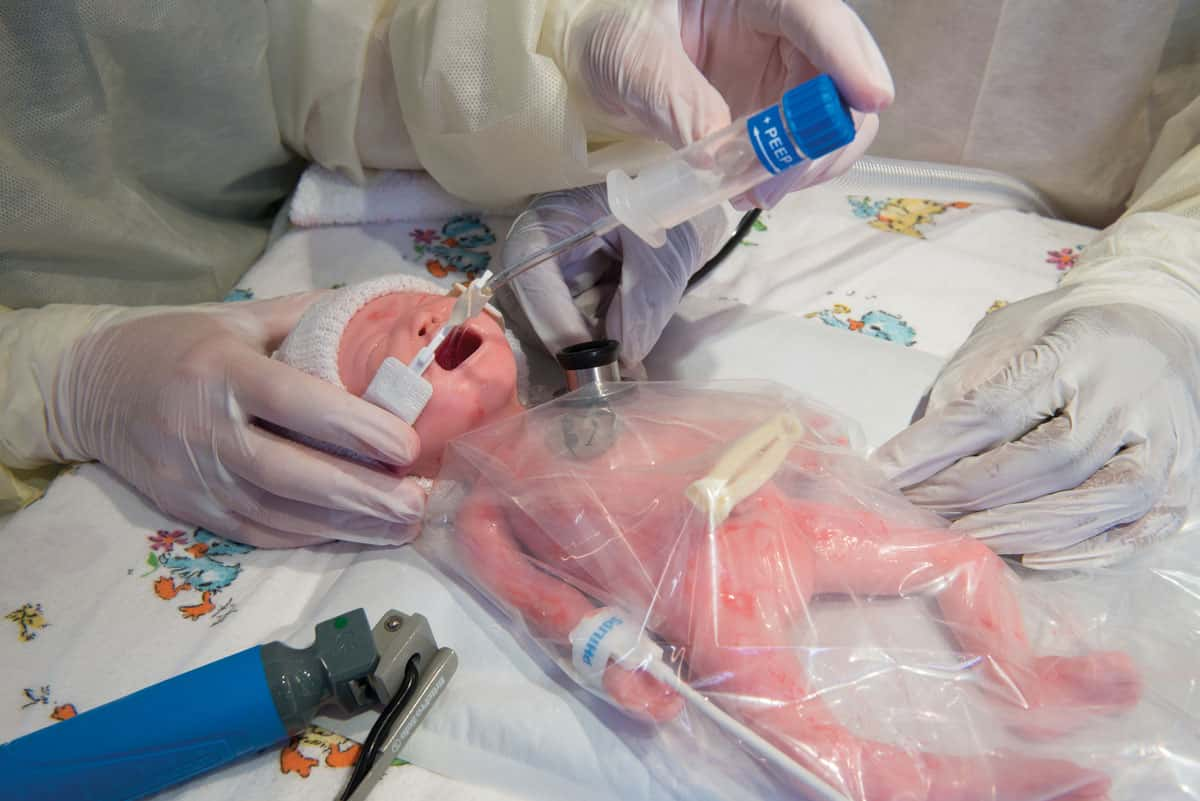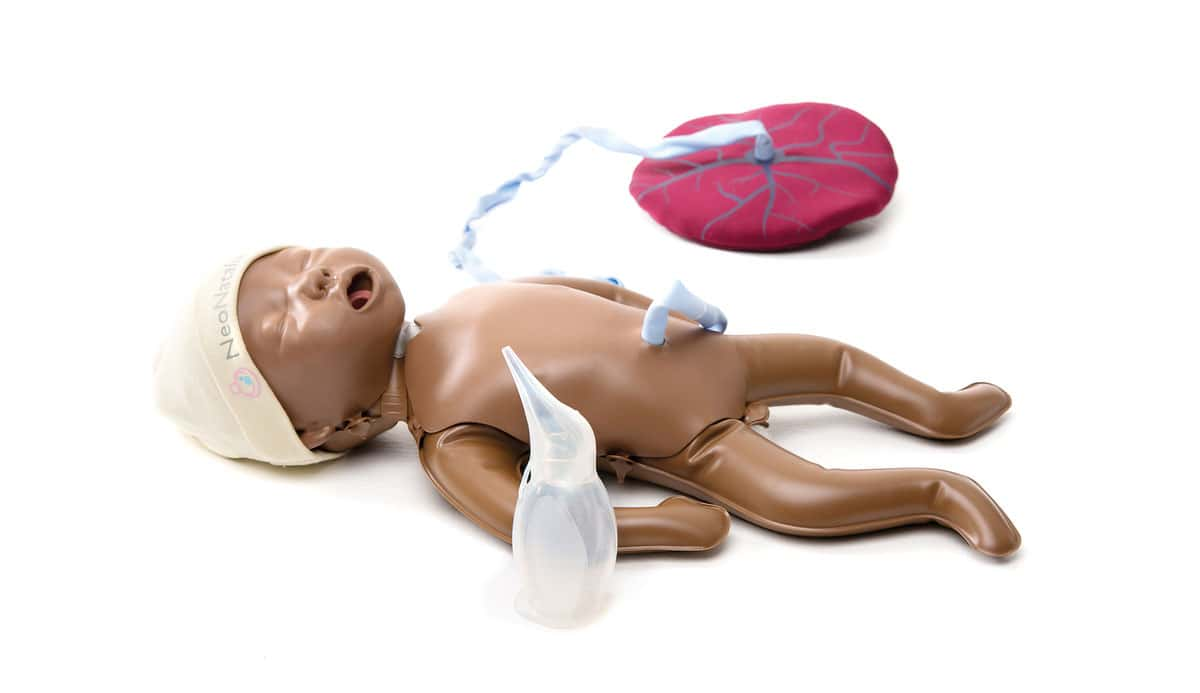世界早産児デー
2:09
毎年、推定1500万人の赤ちゃんが早産(37週未満)で生まれています。早産の合併症は、5歳未満の子どもの死亡の主な原因となっています。184ヵ国において、早産率は生まれる赤ちゃんの5%~18%に及びます。早産児の60%以上はアフリカと南アジアで発生しているものの、早産はまさに世界規模の問題です。早産の発生率は高所得国では9%であるのに対し、低所得国では平均12%となっています。 また、ほぼすべての国において、早産率は増加しています。
40万人近くの赤ちゃん-約10人に1人-が毎年早産で生まれています* 。また、早産率の増加はすべての人種・民族グループに認められる一方で、より大きな影響を受けている人たちがいます…今、このような大きなリスクに曝されている人たちに対する取り組みを強化すべき重要な時期を迎えているのです。 (*アメリカのデータより)
早産児は、長期合併症と死亡のリスクが高まります。これらの赤ちゃんは、高いスキルを有する医療従事者のチームによる専門的なケアを受ける必要があります。新生児の蘇生トレーニングを通じて、またはこれらの致死的な事象への対応に備えることによって、新生児の生存率を改善することができます。 予期された-または予期せぬ-早産への対応により良く備えるためには、どうしたらよいでしょうか?それは、実践です。
シミュレーショントレーニングを使用することによって、学習目標を達成する助けとなるほか、早産児に対する最も安全なケアの実践を練習・実行できます。レールダルは、特定のニーズを満たして最も脆弱な命を救えるよう、幅広いトレーニングソリューションを提供しています。

米国小児学会の協力を得て開発されたPremature Anne(早産児シミュレータ/早産児タスクトレーナ)は、早産児に対する適切なケアや蘇生の開始時における医療従事者向けのトレーニングのためにデザインされています。

ネオナタリーは、新生児が生まれてから最初の10分間における蘇生の初期手順を教えるために重要となる要件を満たすようにデザインされており、トレーニングプログラムを拡充できるコスト効率の高い効果的なツールです。
Page References:
*March of Dimes. (2018). See reference #3.
Quiz References: